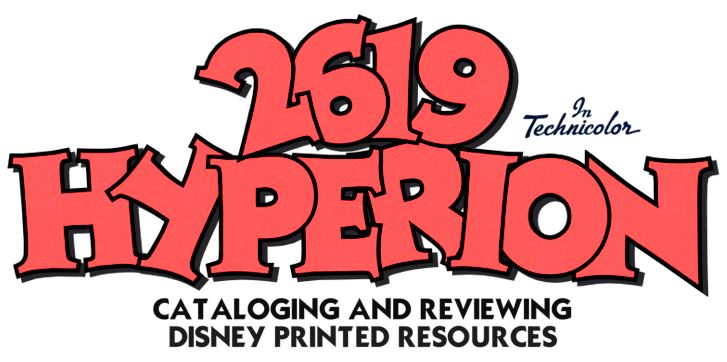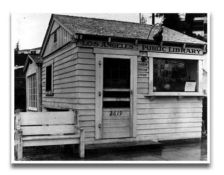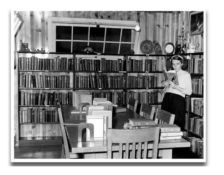 One particular subject that so often inspires uninformed sound bites and hollow punditry is Pixar. That is why David A. Price's book The Pixar Touch: The Making of a Company
One particular subject that so often inspires uninformed sound bites and hollow punditry is Pixar. That is why David A. Price's book The Pixar Touch: The Making of a CompanyIn documenting the history of this "little company that could," Price reaches well beyond the creation of memorable and now iconic characters such as Woody, Buzz Lightyear, Mike, Sully and Nemo. The roots of Pixar stretch back to the beginnings of the computer revolution during the late 1960s and 1970s and the dogged perseverance of Ed Catmull and his determined contemporaries. Price chronicles the efforts of these individuals to develop a viable technology of computer animation with the ultimate goal of creating a wholly computer generated animated film. A serendipitous encounter with a young Cal Arts-trained animator named John Lasseter ultimately becomes a lightening in a bottle dynamic that would forever change the landscape of animated film making.
Price weaves a compelling and page-turning history that in many ways showcases both the then quickly evolving computer industry and the evolution of computer driven special effects for film and television. Lucasfilm, Apple and Disney are the primary backdrops for the tale and it is fascinating to relive notable events such as the development of the PC and the creation of the original Star Wars films from this particular perspective. While it is immensely satisfying to bear witness to the story of Catmull's and Lasseter's marriage of cutting edge technology with Walt Disney-inspired storytelling and creativity, it is the machinations of such secondary players as Michael Eisner, Jeffrey Katzenberg and most especially Steve Jobs that prove the most interesting and enlightening.
My only disappointment with the book was in its ever increasing slightness as it moved more and more quickly to the climactic Disney-Pixar merger in 2006. Price moves quickly through the company's last decade of incredible successes and provides little information and insight on the post-merger Pixar, despite the two years that separated that event from the book's publication. I was left hungry for more information and insight on such topics as Catmull's and Lasseter's restructuring of Walt Disney Animation, the reworking of Meet the Robinsons, Chris Sander's controversial dismissal from American Dog (now Bolt) and Lasseter's own still somewhat ambiguous role at Walt Disney Imagineering.
That reservation notwithstanding, The Pixar Touch is a comprehensive and well written chronicle of not just Pixar, but of the contemporary Walt Disney Company as well. If you are a Disney enthusiast who wishes to argue the merits of Pixar and its celebrated creative team, then at least do so from a well educated frame of reference. David Price's book is a great place to begin or extend that education.




0 comments:
Post a Comment